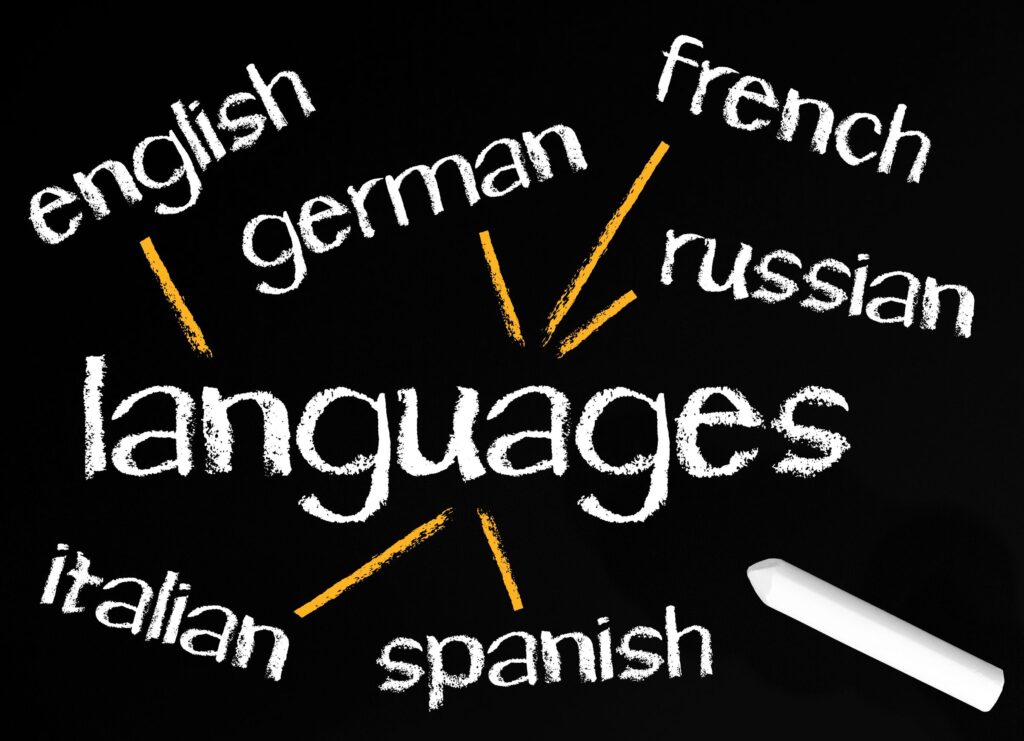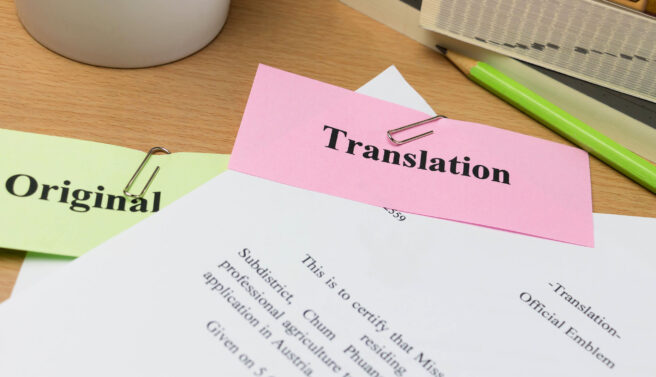Accuracy is an absolute requirement in translation. However, some internal and external factors can lead to mistranslations. Professional translation companies should take the necessary precautions to ensure the high quality of their translation, with a strict quality assurance system, project management, and other methods. Their objective is to raise the standards of the industry and ensure the quality of their language services.
Is mistranslation bad?
Any mistake in translation is bad for translation companies and their clients because it can lead to loss of reputation and credibility, loss of revenues, and in some cases, loss of lives. Clients looking for translators or translation companies must check their reputation, work experience, and list of clients. They should also check their standing in industry organizations and associations and the Better Business Bureau.
Some mistranslations occur because the translators misread the text and make assumptions. Sometimes it is due to lack of cultural knowledge, and inexperience. But sometimes, the translators are not to blame. Some companies and organizations want to save, so they use their bilingual staff, machine translation, relatives of patients, or do not provide language services at all.
5 most awkward translation mistakes ever recorded
You need professional skills and experience when handling translation services. Aside from linguistic expertise, the translator should know the subject and knowledge of different cultures.
If you are talking about personalities, some of the most embarrassing or awkward translation mistakes involve some political figures.
Compromising a woman’s morality
UN Secretary-General Kurt Waldheim went to Iran to negotiate the release of American hostages in 1980. In his speech, he said he came to Iran as a mediator to work out a compromise with the hostage-takers. In the Persian language, compromise means a sellout, while mediator translates to meddler instead of an envoy. The particular line in his speech was printed in the local papers as “compromising a woman’s morality,” and taken by the Iranians as a move to humiliate their country.
Moses had horns
St. Jerome, who translated the Bible and considered the translators’ patron saint, also made a mistake. In the Hebrew text, Moses was said to have a “radiance” around his head when he came down from Mount Sinai. Since Hebrew uses only consonants, St Jerome misread “Karan,” meaning radiance, as “Keren,” meaning horned, which was the term he used in the translation. So, for centuries, Moses was depicted as a person with horns.
The Got Milk? Campaign
This campaign of the American Dairy Association was a success in the United States. However, when it was extended to Mexico, the campaign failed because the translation became “Are you lactating?”
Toilet water
Schweppes’ reputation dived Italy when it introduced tonic water to the Italian market. The literal translation became “Toilet Water.”
Manure/Poop on your hair
Canadian Mist tried to launch their whiskey brand to the German market, but they failed because the word’ ‘mist” translates to ”manure” in German. Clairol suffered the same fate when then introduced their curling iron called Mist Stick to German consumers. Who would buy something like a “poop stick” for your hair?
There are many more mistranslations recorded that were embarrassing, awkward, and costly. Translators and clients both learned from these expensive mistakes, so they are now more stringent in their quality assurance methods and hire only reputable and professional translators and translation companies.
What is the cost of correcting a mistranslated document?
It might be difficult to put an exact amount to correct a translation mistake because so many factors are involved. Some of the payments are not made to correct the error but compensation is involved for the gravity of the mistranslation.
- For example, the malpractice settlement on the case of Willie Ramirez was $71 million. Another medical translation error caused Teresa Tarry, a healthy British expat living in Spain who had limited Spanish language capability, to have a double mastectomy. Yet another translation error led to the removal of the diseased, as well as the healthy kidney of Francisco Torres, a Spanish speaking resident in California.
- The representative of the Ecuadorian government blamed poor translation when they were made to pay $1.77 billion or $2.3 billion including interest, to Occidental Petroleum Corporation (Oxy).
- Mead Johnson had to recall 4.6 million cans of baby formula because of the erroneous Spanish translation of the formula information and preparation instructions, giving consumers the impression that the formula could lead to irregular heartbeat, seizures, and worst, infant death. The brand’s reputation suffered, and the direct cost to the company reached about $10 million.
- HSBC also had to spend around $10 million to change their brand slogan for their “Assume Nothing” campaign that was mistranslated into “Do Nothing” in some countries.
Tips to avoid translation mistakes
There are times when the mistakes in translation are not due to the inexperience or complacency of a translator. Some of them are caused by insufficient and sometimes, confusing instructions from the client. However, it still is the responsibility of the translator to avoid mistakes, as translation needs to be accurate.
Be careful about values and punctuations in numbers
English speaking countries use decimal points, while countries in Europe and other areas use the comma as a decimal separator. When writing large numbers, European countries use either a dot or space. For example, 10,000.45 in the US, will be written as 10.000,45 or 10 000,45 in the EU. Likewise, the translator should understand the rules of the International System of Units. Be careful about translating long and short scales.
Consider the correct format in technical translations
Some of the most common technical errors in translation come from grammatical, structural and punctuational errors. To avoid committing mistakes, do the following:
- Use the correct terminology
- Change the word order according to the requirements of the target (not the source) language
- Reorganize phrases
- Utilize the correct punctuations
- Break down long sentences into two or three sentences
- Avoid literal translation of idioms. Rewrite the sentence or phrase to make it sound right or deliver the gist of the message from the source language
- Use the correct format when writing dates, currencies, numbers and street name in the target language
- Check with the client whether they prefer to transliterate or transcribe names
- Follow the correct format when writing names. In Japan, China, Korea and some other countries in Asia, the last or family name comes first before the given name.
- Avoid using machine translators
- Hire professional translators, as well as subject matter experts for specialty translation
- Request concise and comprehensive source materials from the client
- Follow instructions. If unclear, check with the project manager or communicate with the client directly
- Do not be afraid to ask questions, and check with the project manager or the client if you discover mistakes in the source material
- Make sure to check facts.
Professional, highly accurate translation services at your fingertips
We abide by the rule that every translation project, whether large or small, should be highly accurate. At eTranslation Services, we only work with native-speaking translators who live in-country. They have an inherent knowledge of local culture, which is useful for their work. We work with more than 200 languages, so we are sure that we can handle your translation request. You can easily reach us through [email protected] or via (800) 8826058.



